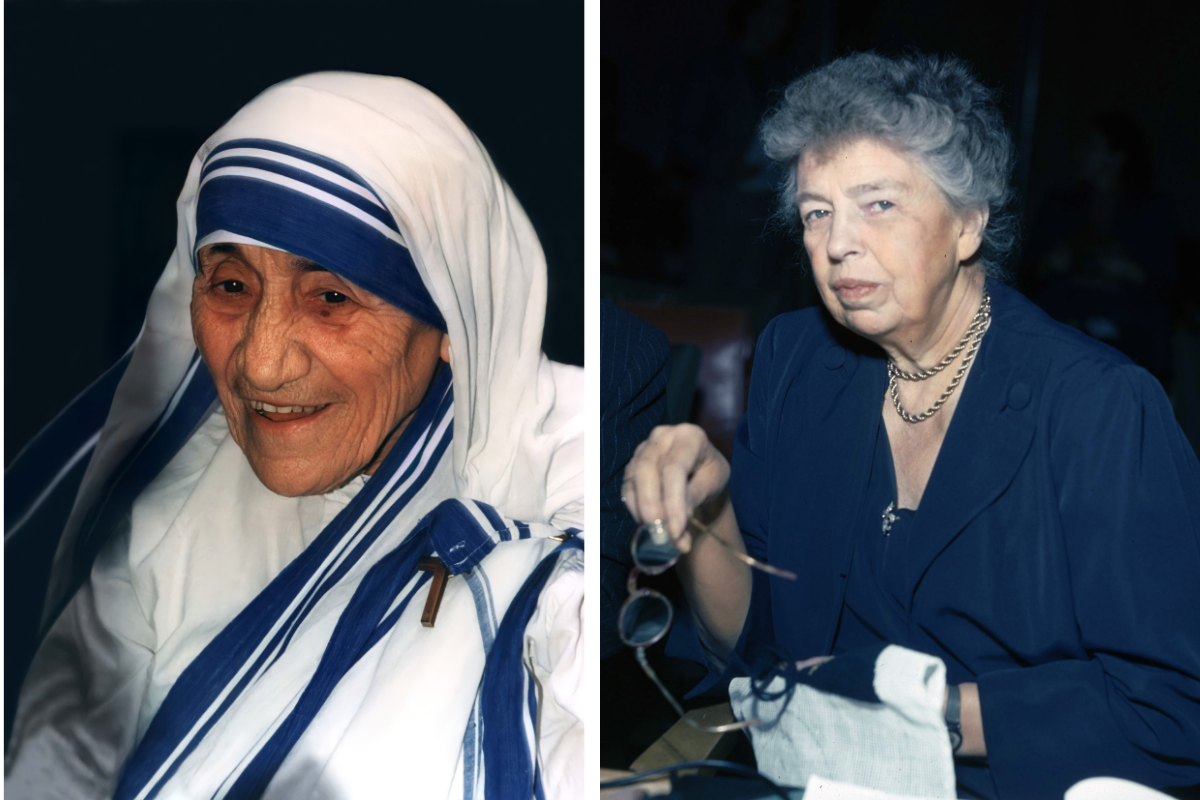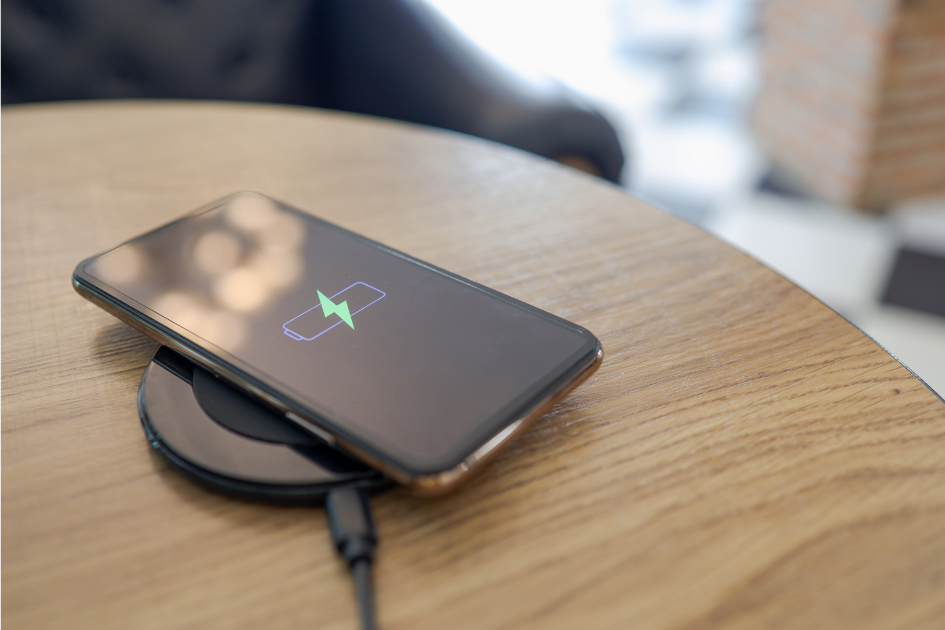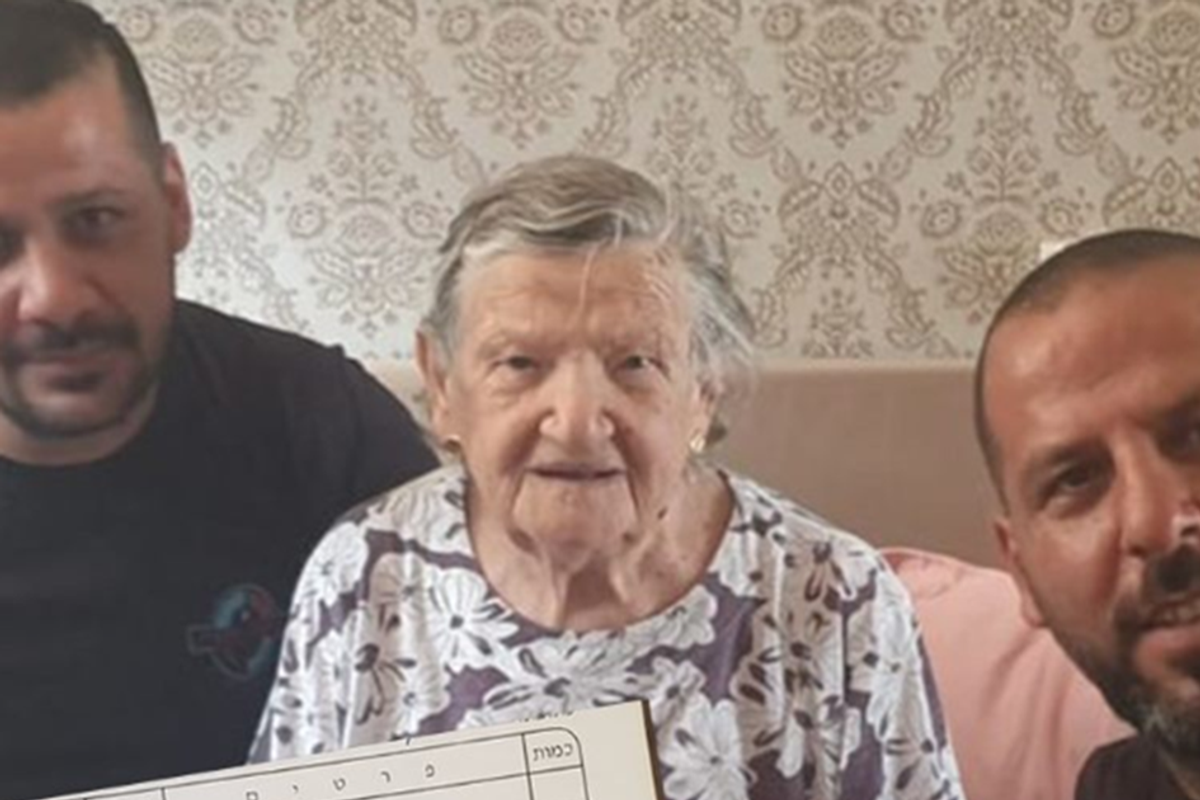29 pictures of people refusing to accept the status quo.
Hey, hey! Ho, ho! This protest art puts on a show!
The world is too important, and life is too short, for us to accept that it cannot become better than it is.
And so many people won't. Over the past 100 years, protestors have fought for equal rights, education access, justice, and democracy, creating epic and emotional art in the service of making our world more fair.
These are a few of the sculptures, murals, and performances that caught our eye, moved our hearts, and made us think. Up first: a few classics.
1. In May 1913, women marched in New York's Suffrage Parade carrying the American flag and demanding the right to vote.
Image by Paul Thompson/Topical Press Agency/Getty Images.
2. In June 1917, these pro-prohibition British children took to the streets, demanding sweets.
Image by Topical Press Agency/Getty Images.
3. In the 1920s, American Prohibition-era protestors made their desires known with a giant barrel of beer.
Image by Henry Guttmann/Getty Images.
Many creative protests grow from political frustration.
4. In May 1989, pro-democracy protestors and art institute students built a 30-foot-tall statue dubbed "The Goddess of Democracy" and planted it in Beijing's Tiananmen Square.
Image by Toshio Sakai/Getty Images.
This photo was taken May 30. Just days later, the government tanks rolled in.
5. In San Sebastian, Spain, supporters of the pro-independence movement covered the field of Anoeta stadium in long cloths representing a ballot box.
Image by Ander Gillenea/Getty Images.
6. Ukraine is no stranger to political protests. This photo, filled with orange balloons and festoons (the colors of 2004's presidential candidate Viktor Yuschenko), was taken on the sixth day of protests after a disputed election.
Image by Mladen Antonov/AFP/Getty Images.
Protests would continue for another two months.
7. For 79 days in fall 2014, Hong Kong's student-led protest movement, the "Umbrella Revolution," occupied busy city streets.
Image by Ed Jones/AFP/Getty Images.
Why umbrellas? Because they are excellent for blocking pepper spray, the crowd-dispersing weapon-of-choice for military and police.
8. In the Umbrella Revolution's camps, art installations were a symbol of the creative expression sought by the pro-democracy protestors.
Image by Paula Bronstein/Getty Images.
9. In March 2016, thousands of protestors — including these extremely unflattering inflatable effigies — filled the streets of Sao Paulo.
Image by Victor Moriyama/Getty Images News.
They were calling for the resignation of Brazilian President Dilma Rousseff and the incarceration of former President Luiz Ignacio Lula da Silva
Some protestors use art to call for urgent, transformative justice.
10. These Czech activists imprisoned themselves in Prague's Wenceslas Square to protest unlawful detainment at Guantanamo Bay.
Image by Michal Cizek/AFP/Getty Images.
The protestors bound their feet and hands, wore black sacks over their heads, and covered their ears with headphones. They called their protest "Two Cubic Meters of Human Rights," a reference to the size of their cages.
11. A protestor lies on sculptor Ai Weiwei's sunflower seeds installation in London's Tate Modern Museum after covering the piece in flyers demanding the artist's release from detention in China.
Image by Carl Court/Getty Images.
Each seed in Weiwei's installation is handmade from porcelain, then hand-painted. There were approximately 100 million made for this piece, which the Tate Modern described as questioning, "What does it mean to be an individual in today's society?"
12. After leaving Johannesburg's 2002 global summit on sustainable development in disgust, environmentalists pinned placards on a nearby art installation. Each one reads "betrayed" in a different language.
Image by Joav Lemmer/AFP/Getty Images.
13. In September 2010, Argentinian teachers marched through Buenos Aires with a mighty pencil while demanding increases in education funding.
Image by Juan Mabromata/AFP/Getty Images.
Other times protest art can transform tragedy into beauty.
14. This powerful light sculpture recognized seven female victims of political violence in Abidjan, Côte d'Ivoire.
Image by Sia Kambou/AFP/Getty Images.
Between 2010 and 2011, post-electoral violence cost the lives of over 3,000 people nationwide in Côte d'Ivoire.
15. After the only bridge linking Mitrovica's Albanian and Serbian neighborhoods was blocked with cement barricades, Albanian artists created one out of waterlily pads instead.
Image by Armand Nimani/AFP/Getty Images.
16. During 2012's Rio+20 conference on sustainability, an artist created these giant fish from discarded plastic bottles.
Image by Vanderlei Almeida/AFP/Getty Images.
The fish were hollow, allowing them to be illuminated from within at night. The sign nearby encourages passerby to "Recicle suas atitudes" ("Recycle your attitudes").
17. In May 2013, activists floated 12,000 candles on a river in Sclessin — one for every job that would be lost to closures at nearby steel plants.
Image by John Thys/AFP/Getty Images.
18. Located on the sidelines of Men's Fashion Week, Milan's "Wall of Dolls" showcased increasing violence against women.
Image by Olivier Morin/AFP/Getty Images.
19. To set an example for openness and tolerance, German artist Kurt Fleckenstein installed 175 prayer rugs in front of a church in Dresden in 2015.
Image by Arno Burgi/AFP/Getty Images.
20. As world leaders negotiated a climate deal in Paris, artist Olafur Eliasson brought pieces of Greenland's ice cap to melt in front of the Pantheon.
Image by Eric Feferberg/AFP/Getty Images.
Some protests demand a little theatricality.
21. At this 2003 protest in Avignon, French artists staged a "die in" to protest government welfare reform.
Image by Boris Horvat/AFP/Getty Images.
22. The face of Greenpeace's Save the Arctic campaign is a polar bear, so it's only natural they'd make a giant one (with moving limbs!) to celebrate their big victory against Arctic drilling.
Image by Niklas Halle'n/AFP/Getty Images.
The polar bear first appeared outside the U.K. headquarters of Royal Dutch Shell in September 2015 after the company announced it was suspending its preliminary drilling campaign in the Arctic. It later travelled to the UN climate talks in Paris. Fun fact: just out of frame in this photo? Actress and activist Emma Thompson.
23. In July 2013 in southern France, the women of Banyuls-sur-Mer put modesty on the line, as they strung garlands of bras across streets to protest a private marina project.
Image by Raymond Roig/AFP/Getty Images.
24. On the last day of the COP16 climate talks in Cancun, youth activists dramatized a rescue for the "drowning" negotiators with a giant life preserver and some much-needed optimism.
Image by John Quigley/SpectralQ.
Other protests use art and performance to transform pain and let people heal.
25. For her entire senior year at Columbia University, Emma Sulkowicz carried her mattress everywhere to protest the school's lack of action on rape allegations she brought against another student.
Photo by Andrew Burton/Getty Images.
She even brought the mattress to her graduation ceremony.
26. Shortly after indigenous activists posed for this photo, they finished digging a trench through this temporary dam, "freeing" the Xingu River and allowing it to resume its natural path.
Image by John Quigley/SpectralQ.
"Pare Belo Monte" translates to "Free Belo Monte." It refers to the site of Brazil's controversial Belo Monte Dam on the Xingu River. When completed, the dam will displace thousands of Indigenous people and flood their traditional villages.
27. With negotiations once again locked in a stalemate, hundreds of schoolchildren in Durban, South Africa, created this living lion to encourage world leaders at the COP17 climate talks to have courage to effect change.
Image by John Quigley/SpectralQ.
And sometimes artistic protests can look a little silly.
28. Whatever your position on Facebook, it's hard not to Like this float of its founder Mark Zuckerberg created for Viareggio's annual Carneval parade.
Image credit: Claudio Giovannini/AFP/Getty Images.
Viareggio's Carneval often lampoons cultural figures, particularly politicians, who dominated public discourse over the past year. Previous floats have featured Russian President Vladimir Putin and current U.S. presidential candidate Hillary Clinton.
29. When Italian artist Graziano Cecchini poured thousands of colored balls down Rome's Spanish steps in 2008, he said each one "represented a lie told by politicians."
Image by Filippo Monteforte/AFP/Getty Images.
As folk singer and activist Phil Ochs' lyrics are often paraphrased: "In such ugly times, the only true protest is beauty."
We're proud these artists and agitators are part of our world. They make it — and us — so much better.



 TikTok · Ale
TikTok · Ale
 Autumn created this piece when she was just 5 years old.Autumn de Forest
Autumn created this piece when she was just 5 years old.Autumn de Forest  Autumn de Forest paints Autumn de Forest
Autumn de Forest paints Autumn de Forest  An Autumn de Forest paintingAutumn de Forest
An Autumn de Forest paintingAutumn de Forest 
 Autumn de Forest stands with the Pope who looks at one of her paintings Autumn de Forest
Autumn de Forest stands with the Pope who looks at one of her paintings Autumn de Forest 


 Phone charging.
Phone charging. bill nye chemistry GIF by NETFLIX
bill nye chemistry GIF by NETFLIX 
 The Memorial to the Murdered Jews of EuropeBy Alexander Blum - Own work, CC BY-SA 4.0
The Memorial to the Murdered Jews of EuropeBy Alexander Blum - Own work, CC BY-SA 4.0 Move over, Mario Brothers.
Move over, Mario Brothers. 